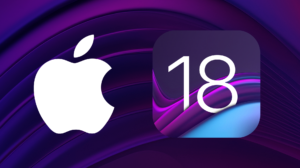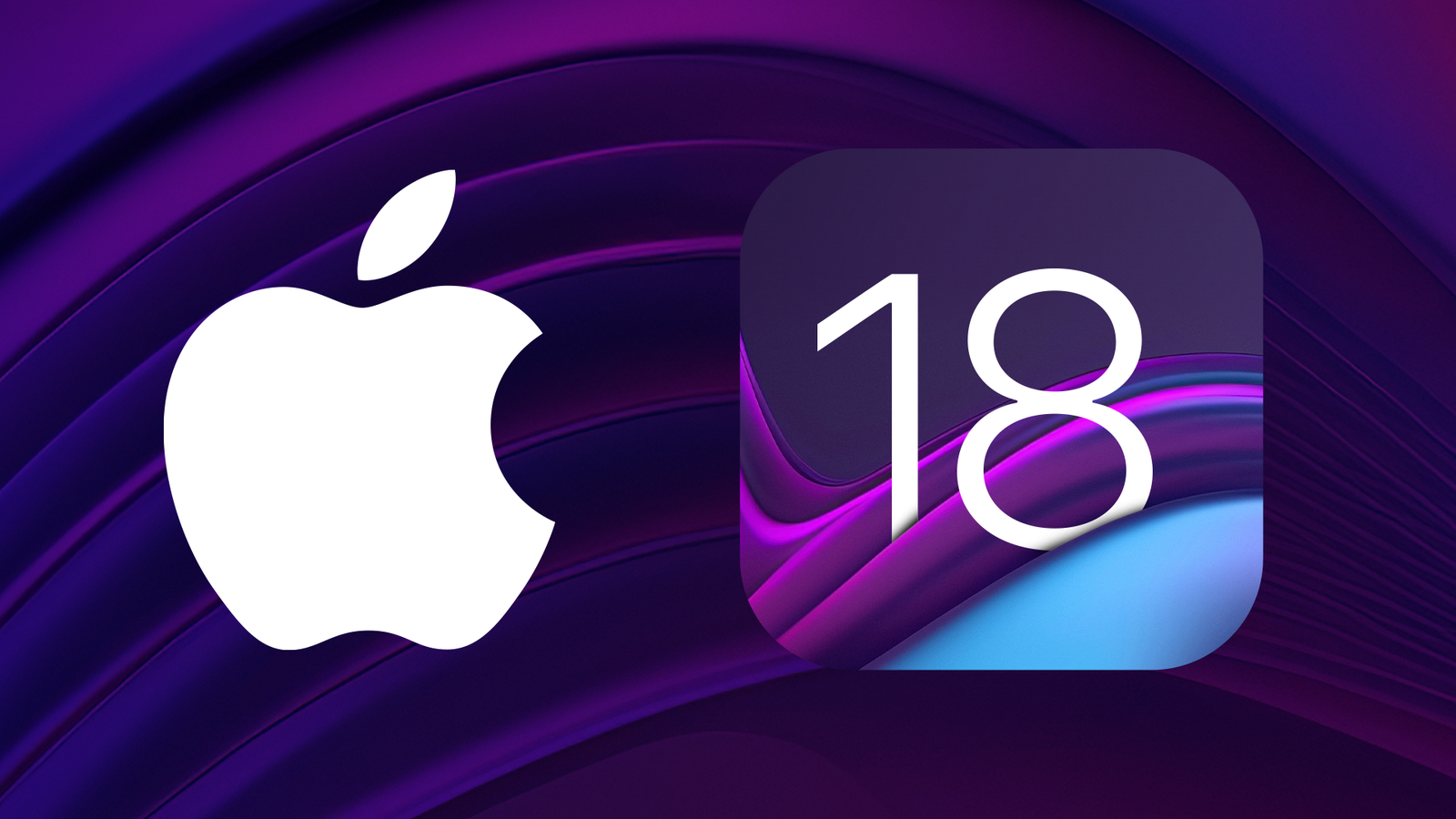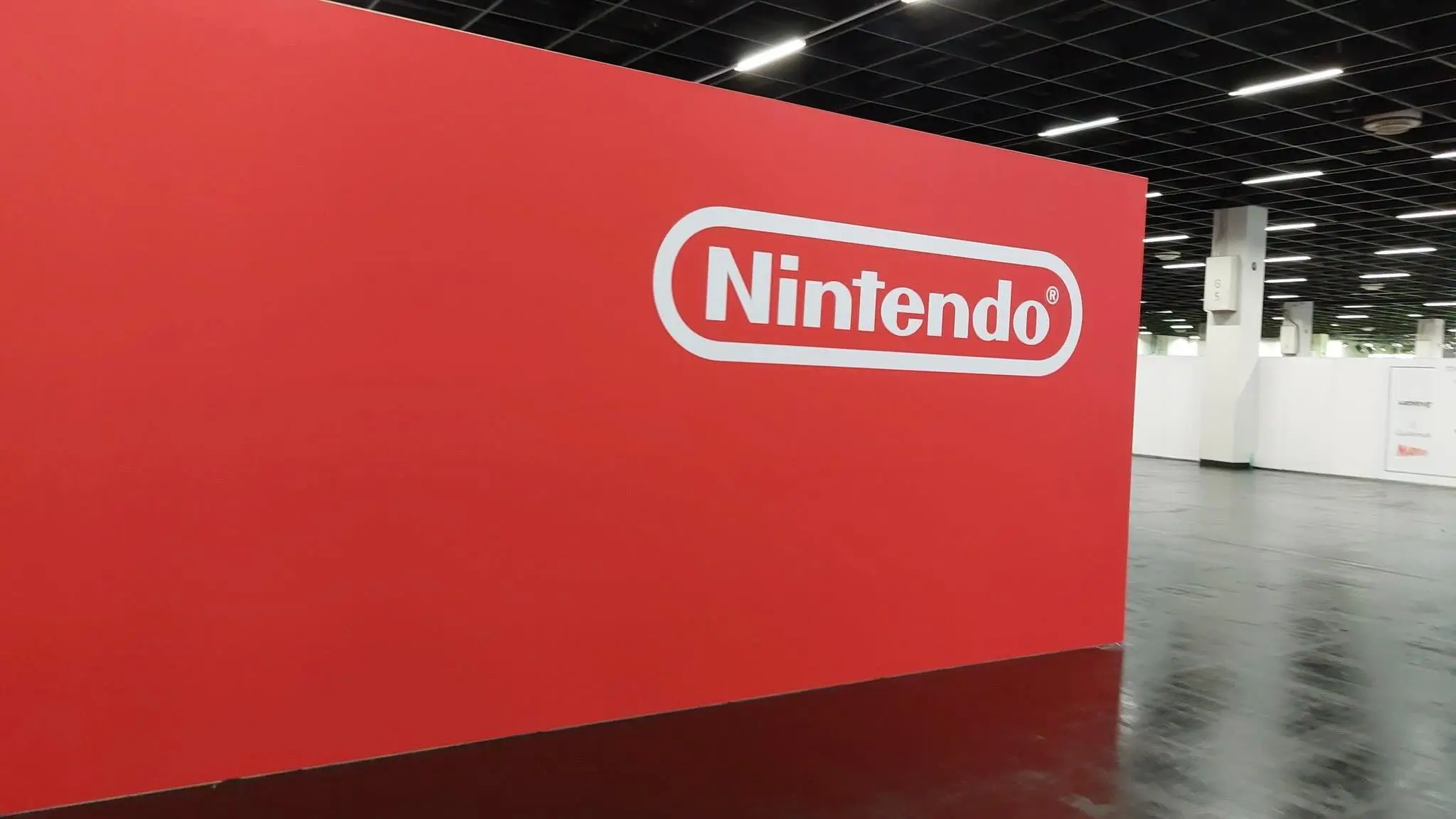The GeForce Now service is getting a major shake-up in 2025 with the introduction of a 100-hour monthly playtime limit. What does this mean for current and future subscribers, and how will it impact the cloud gaming landscape?
In a move that has sent ripples through the cloud gaming community, Nvidia recently announced that it will be implementing a 100-hour monthly playtime cap on its GeForce Now service starting in January 2025. This change, which affects both the “Performance” and “Ultimate” tiers, has sparked heated debate among gamers, with many questioning the necessity and fairness of such a restriction.
The Key Details:
- Who: Nvidia GeForce Now subscribers (Performance and Ultimate tiers)
- What: A 100-hour monthly playtime limit.
- When: Starting January 2025 for new subscribers, January 2026 for existing subscribers.
- Where: GeForce Now service globally.
- Why: Nvidia claims it’s to “ensure exceptional quality and speed — as well as shorter queue times” for the majority of users.
This change marks a significant shift in Nvidia’s approach to cloud gaming. Previously, GeForce Now offered unlimited playtime for its paid subscribers, setting it apart from competitors like Xbox Cloud Gaming. Now, with the introduction of this cap, many are wondering if Nvidia is jeopardizing its position in the increasingly competitive cloud gaming market.
My Take: A Necessary Evil or a Step Backwards?
As an avid gamer and someone who has been using GeForce Now for the past two years, I have mixed feelings about this change. On the one hand, I understand the need to manage server resources and ensure a smooth experience for all users. I’ve personally experienced those frustrating queue times during peak hours, especially when trying to play popular titles like Fortnite or Cyberpunk 2077.
However, the 100-hour cap feels somewhat arbitrary. While Nvidia claims that this limit will comfortably accommodate 94% of its users, it leaves a significant 6% facing a potentially frustrating restriction. For serious gamers who pour hours into their favorite titles, this cap could prove to be a major deterrent.
Diving Deeper: The Fine Print
It’s important to understand the nuances of this new policy. Here’s a breakdown of the key details:
- Rollover: Unused playtime can be rolled over to the next month, but only up to a maximum of 15 hours.
- Extra Hours: Subscribers can purchase additional playtime beyond the 100-hour limit. The cost is $2.99 for 15 hours on the Performance tier and $5.99 for 15 hours on the Ultimate tier.
- Grandfather Clause: Existing paid subscribers as of December 31, 2024, will enjoy unlimited playtime throughout 2025. New members can also lock in this feature by signing up before the deadline.
While the rollover option and the ability to purchase extra hours offer some flexibility, it also raises questions about the overall value proposition of GeForce Now. Are subscribers essentially being asked to pay a premium for a service that was previously marketed with unlimited playtime?
The Impact on the Cloud Gaming Landscape
This move by Nvidia could have broader implications for the cloud gaming industry. Will other providers like Xbox Cloud Gaming and PlayStation Plus Premium follow suit and introduce similar restrictions? Or will they seize this opportunity to attract gamers who are dissatisfied with Nvidia’s new policy?
It’s also worth considering the potential impact on game developers. Could this move influence how they design and monetize their games, knowing that players may have limited playtime?
The Community Reacts
The response from the gaming community has been largely negative. Many users on Reddit and other online forums have expressed their disappointment and frustration with the 100-hour cap. Some have even threatened to switch to competing services.
Here are some common concerns raised by the community:
- Punishing Dedicated Gamers: The cap disproportionately affects dedicated gamers who spend significant time playing.
- Lack of Transparency: Some users feel that Nvidia hasn’t been transparent enough about the reasons behind this change.
- Value Proposition: Concerns about whether GeForce Now remains a good value with the playtime restriction.
Looking Ahead: The Future of GeForce Now
Despite the backlash, Nvidia seems determined to move forward with this new policy. It remains to be seen how this will impact the long-term growth and popularity of GeForce Now.
Here are some key questions that remain unanswered:
- Will the 100-hour cap be enough to alleviate queue times and improve the overall user experience?
- Will Nvidia adjust the cap in the future based on user feedback and usage patterns?
- How will this change affect the competitive landscape of the cloud gaming market?
Only time will tell how this decision will play out for Nvidia and the future of cloud gaming.
The introduction of a 100-hour monthly playtime cap on GeForce Now is a significant development that has raised concerns and sparked debate among gamers. While Nvidia claims this change is necessary to ensure a quality experience for all users, it remains to be seen how it will impact the platform’s popularity and the broader cloud gaming landscape.
As a gamer, I hope that Nvidia will listen to the feedback from its community and make adjustments as needed to ensure that GeForce Now remains a compelling and accessible option for gamers of all types.



















Add Comment